Hi there, I am Bruno, a Human-Computer Interaction (HCI) researcher. My research focuses on adaptable, novel interaction techniques. I identify and study specific human factors in multiple contexts to grasp modern challenges, build interactive systems as solutions, and evaluate their efficiency in supporting users. I apply user-centered concepts to build interactive tools that adapt to the user's preferences and needs, for augmenting their capacities to perform a set of complex tasks.

I am a research scientist (Inria Starting Faculty Position) at Inria in the Loki team in Lille. I formerly did a postdoc in the HCI lab at Saarland University and completed a Ph.D. in Computer Science focused on Human-Computer Interaction at Télécom Paris (formerly Télécom ParisTech).
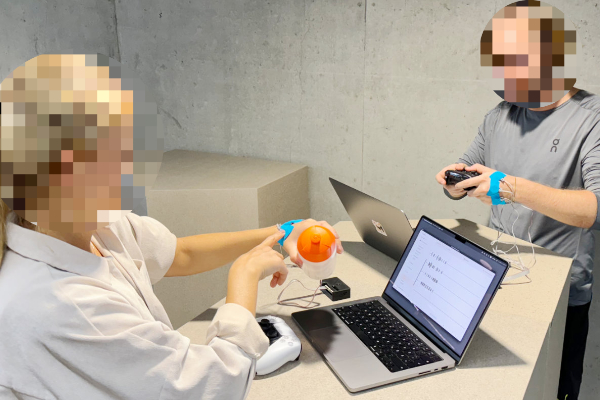
Designing vibrotactile experiences collaboratively requires communicating using multiple senses. This is challenging in remote scenarios as designers need to effectively express and communicate their intention while iteratively building and refining experiences, ideally in real-time. We formulate design considerations for collaborative haptic de...
HapticsAuthoring ToolCollaboration
2025
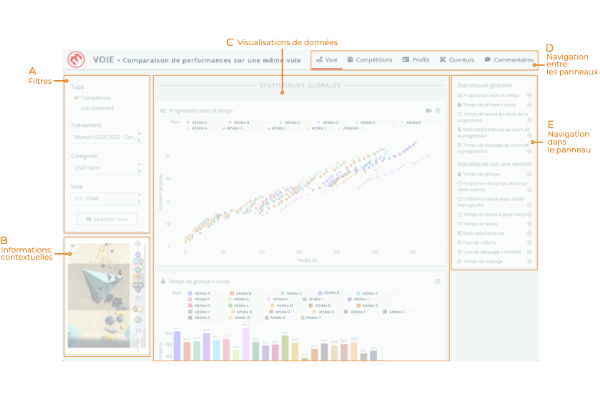
This project is a design study of an analytical tool for lead climbing performances, created in collaboration with the French Federation of Climbing (FFME). Its goal is to facilitate the exploration of a dataset to identify new performance indicators and better train French athletes. Regular interviews enabled ...
SportsUser-Centered DesignDesign Study
2024
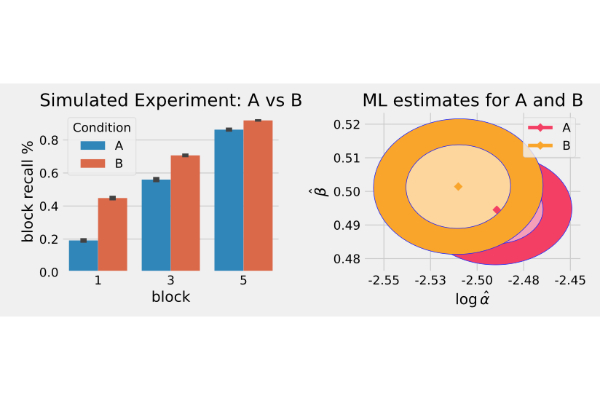
This work empirically evaluates interaction techniques that rely on user memory, such as hotkeys, here coined Recall-based interaction techniques (RBITs): (1) the lack of guidance to design the associated study protocols, and (2) the difficulty of comparing evaluations performed with different protocols. To address these challenges, we propose a...
ModelEmpirical Study
2024
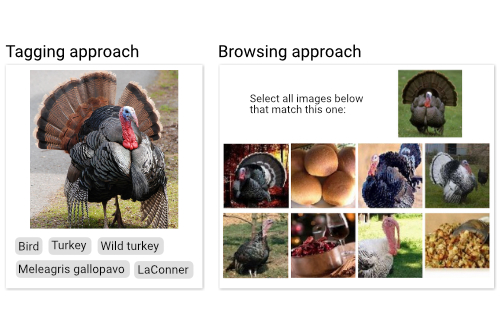
Visual content must be labeled to facilitate navigation and retrieval, or provide ground truth data for supervised machine learning approaches. The efficiency of labeling techniques is crucial to produce numerous qualitative labels, but existing techniques remain sparsely evaluated. We systematically evaluate the efficiency of tagging and brows...
Interaction TechniqueEmpirical StudyImage Labeling
2023
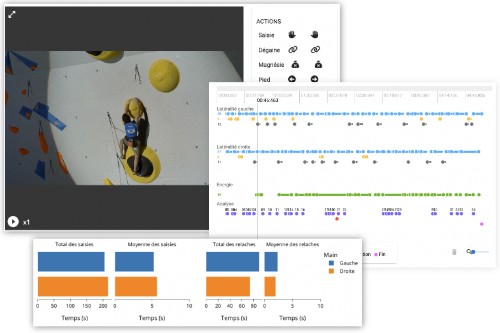
Annotating sport performances enables to quantitatively and qualitatively analyze them, and profile athletes to identify their strengths and weaknesses. We designed an annotation and analytical tool tailored to lead climbing analysis, developed with and for the French climbing federation. We leveraged user-centered design methods based on an ite...
Case StudyVideo AnnotationUser-Centered Design
2023
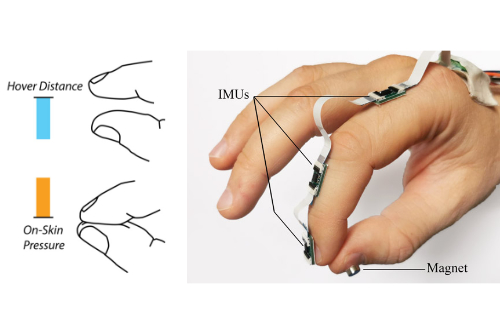
Thumb-to-finger interactions leverage the thumb for precise, eyes-free input with high sensory bandwidth. While previous research explored gestures based on touch contact and finger movement on the skin, interactions leveraging depth such as pressure and hovering input are still under-investigated. MicroPress is a proof-of-concept device that ca...
Embodied InteractionMicrogesturesMachine Learning
2022
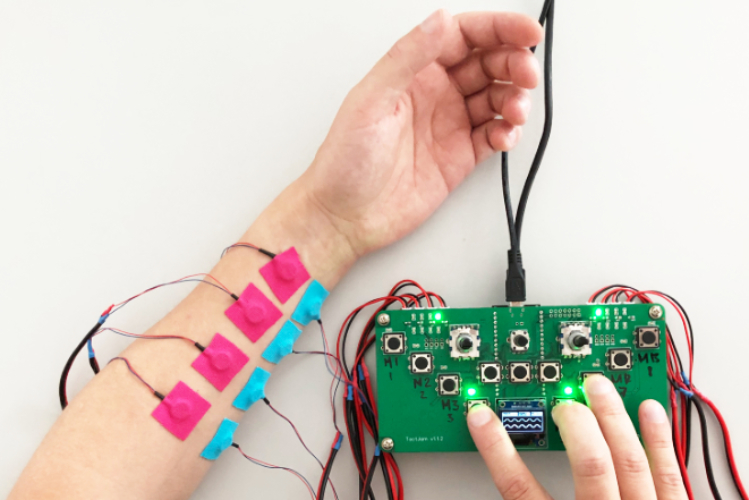
TactJam is an end-to-end suite for creating and sharing low fidelity prototypes of on-body vibrotactile feedback. It enables designers to create, record and share vibrotactile patterns online. This opens up new ways of collaboratively designing vibrotactile patterns both in collocated as well as in remote settings. We evaluated TactJam in...
HapticsDesign ToolEmbodied InteractionOpen Source
2022
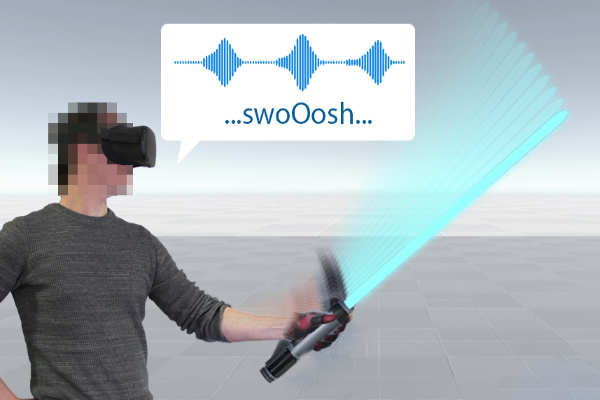
Effective haptic feedback in virtual reality (VR) is an essential element for creating convincing immersive experiences. Tools for designing vibrotactile feedback keep evolving but often require expert knowledge and rarely support direct manipulation to design feedback-action mappings within the VR environment. Weirding Haptics is a novel...
HapticsDesign ToolVirtual Reality
2021
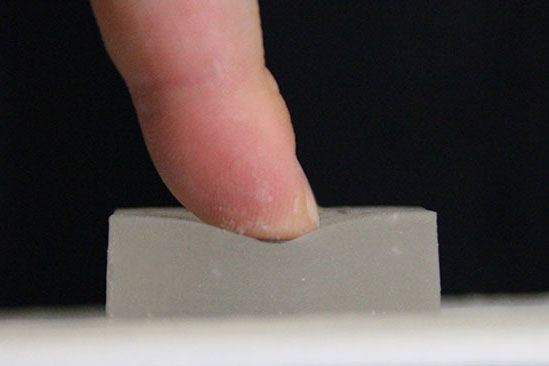
Today’s typical input device is fat, rigid and made of glass. However, advances in sensing technology and interaction design suggest thinking about input on other surface, including soft materials. While touching rigid and soft materials might feel similar, they clearly feel diferent when pressure is applied to them. Yet, to date, studies only i...
HapticsEmpirical StudyPsychophysics
2021
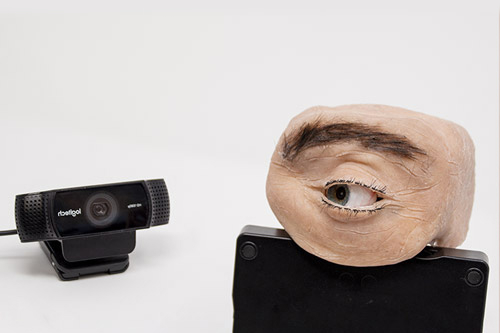
Sensing devices are everywhere, up to the point where we become unaware of their presence. Eyecam is a critical design prototype exploring the potential futures of sensing devices. Eyecam is a webcam shaped like a human eye. It can see, blink, look around and observe you. In this project, we present speculative design scenarios with Eyecam to em...
Critical DesignSpeculative DesignOpen Source
2021
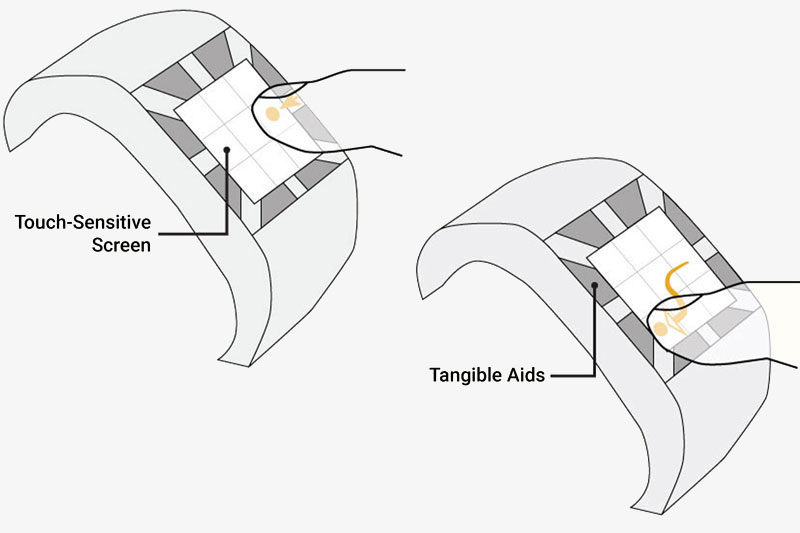
Side-Crossing Menus (SCM), is a gestural technique enabling large sets of gestures on a smartwatch. It relies on position-dependent gestures that build on bezel and crossing gestures to maximize the input capacity of small interactive surfaces. In contrast with conventional gestural techniques, SCM relies on broad and shallow menus that favor sm...
Interaction DesignWearables
2018
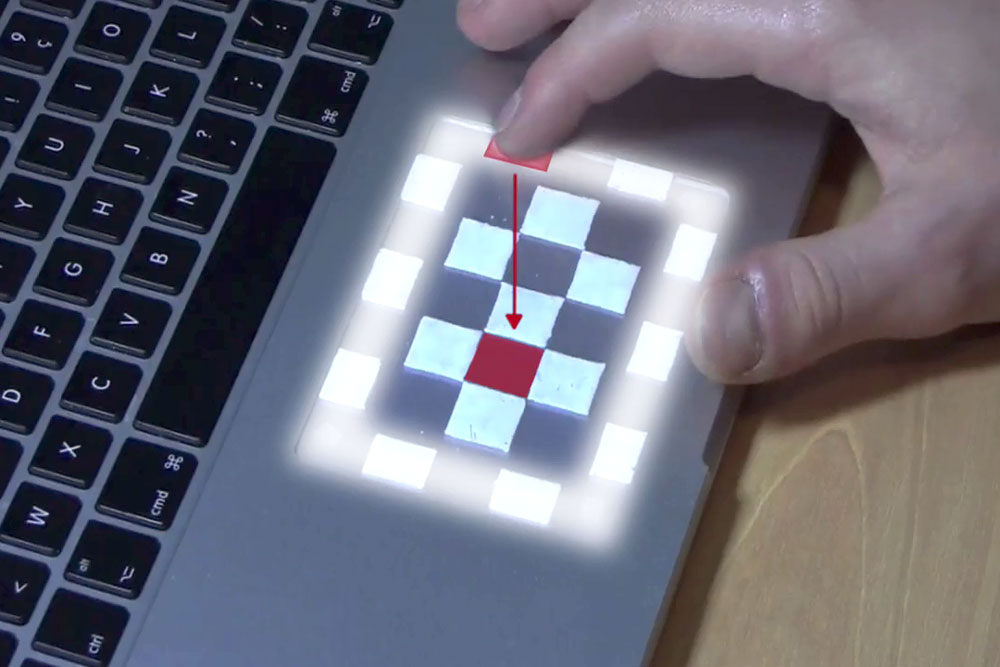
Markpad is an gestural interaction technique working on laptop's trackpads. It enables rapid gestural shortcuts to trigger a large variety of commands on a laptop to open applications, trigger keyboard shortcuts, open bookmarks on the web or the file explorer, and more. The strength of Markpad is to be user-tailored: users can customize their ge...
Interaction DesignDesign ToolOpen Source
2017
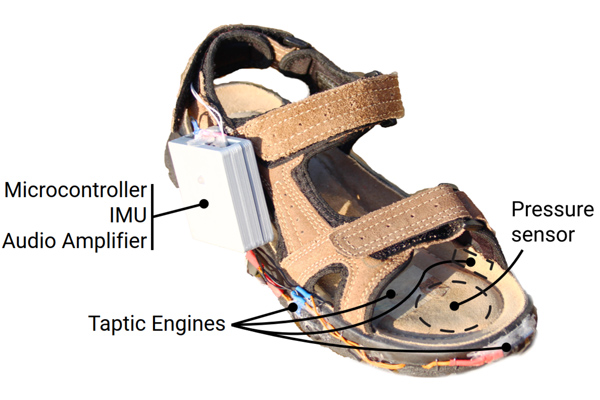
bARefoot is a vibrotactile shoe prototype with high-frequency sensing and vibrotactile actuation. It closely synchronizes vibration with user actions to create virtual materials. bARefoot can be used to deepen the sense of immersion in VR by, for example, allowing users to probe the strength of a thin ice layer. It can be used in AR for augmenti...
HapticsVirtual RealityDesign Tool
2020
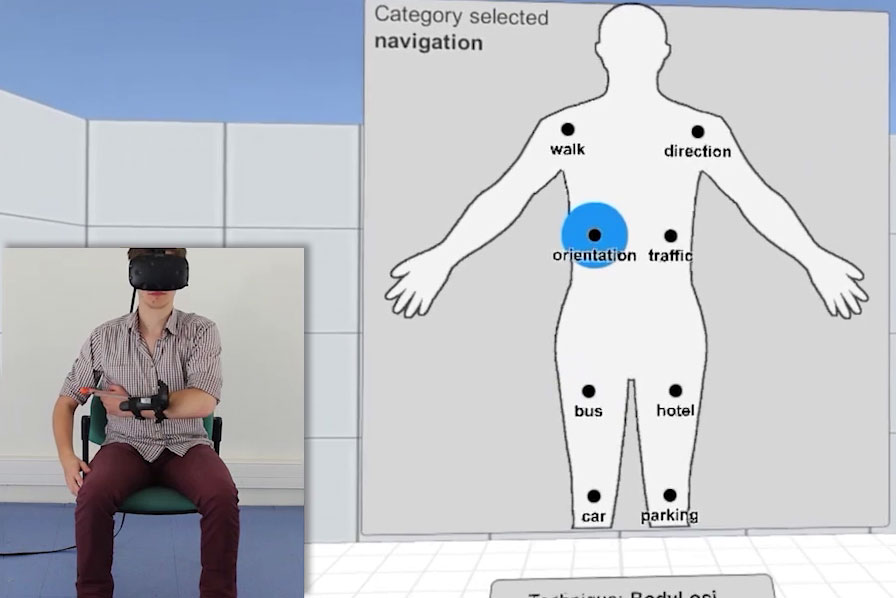
To memorize information efficiently, human beings created a large variety of mnemonic methods. One of the most powerful called the memory palace or method of loci, requires the mnemonist to picture a mental space, move through this place to visualize elements located in this space and recall them. With advances in mixed reality, it is now possib...
Virtual RealityMemorizationInteraction DesignEmbodied Interaction
2018
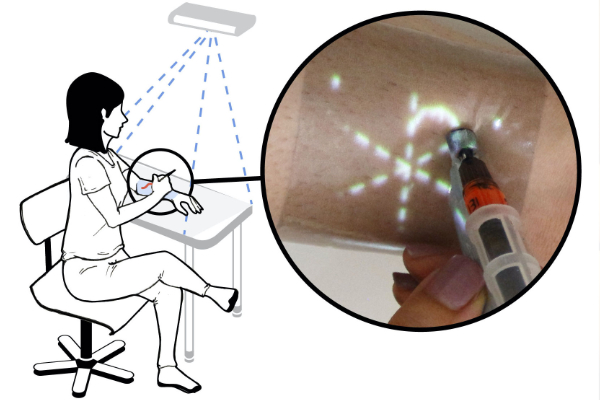
In traditional body-art, designs are adjusted to the body as they are applied, enabling creative improvisation and exploration. Conventional design and fabrication methods of epidermal interfaces, however, separate these steps. With BodyStylus we present the first computer-assisted approach for on-body design and fabrication of epidermal interfa...
Digital FabricationDesign ToolEmbodied Interaction
2021
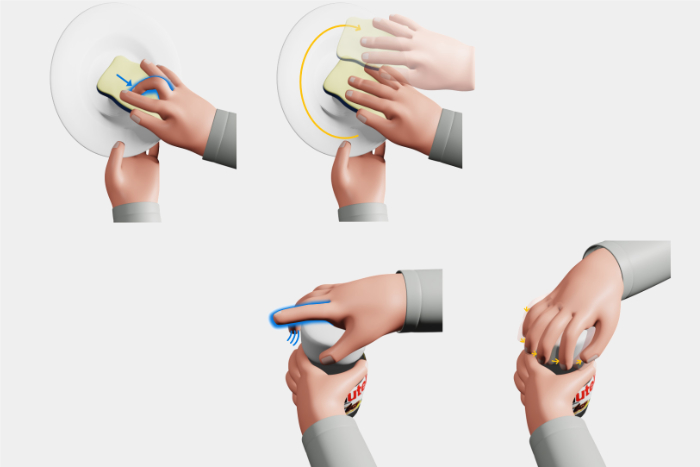
Using microgestures, prior work has successfully enabled gestural interactions while holding objects. Yet, these existing methods are prone to false activations caused by natural finger movements while holding or manipulating the object. We address this issue with SoloFinger, a novel concept that allows design of microgestures that are robust ag...
Interaction DesignMicrogesturesMachine Learning
2021
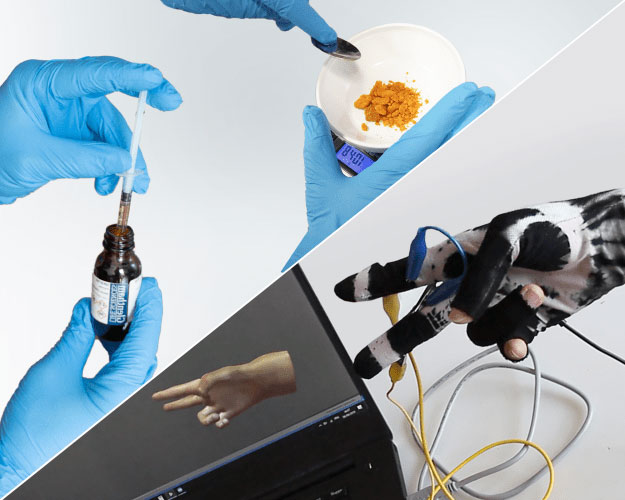
Polysense is an open-source fabrication process for creating smart textiles. It builds on traditional manual crafts and a DIY approach to allow the broadest audience to create novel smart textile sensors. Using this method, anyone can augment a plethora of fabric and textile samples to rapidly create sensors than can be worn on the body. It does...
Digital FabricationOpen Source
2020
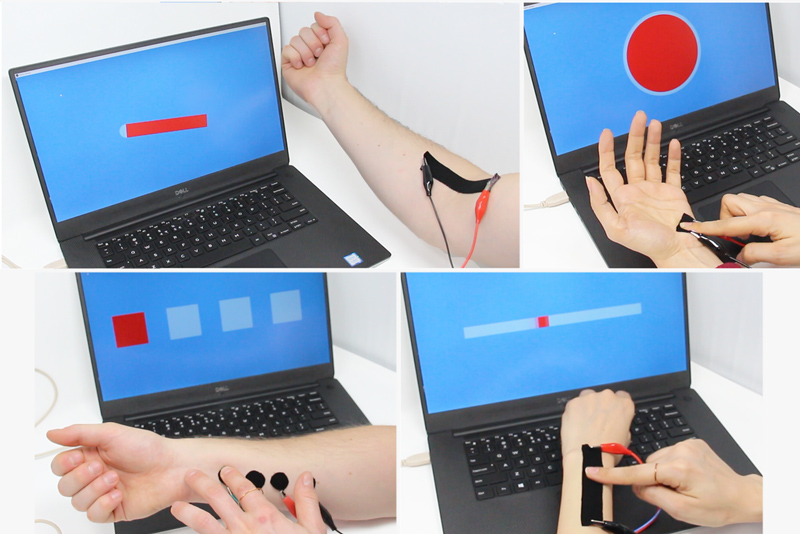
Skin is personal and sensitive. As a result, design and placement of on-body physical interfaces need to be well thought out. One way of “getting the design right” is to take an iterative design approach and sketch a multitude of designs to be modified, adjusted and elaborated on. Using piezo-resistive kinesiology tape made available through the...
Digital FabricationOpen SourceEmbodied Interaction
2020
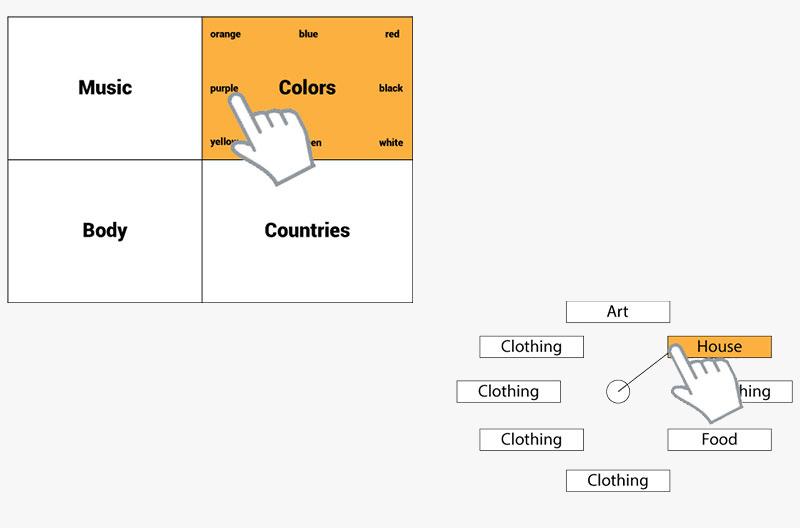
Many gestural shortcuts exist to select rapidly a set of frequent commands on touch-sensitive mobile devices. The most commonly used are pointing gestures, however, research showed promising alternatives building on directional gestures. This type of gestures is mostly used in pie menus. For th...
MemorizationEmpirical Study
2018